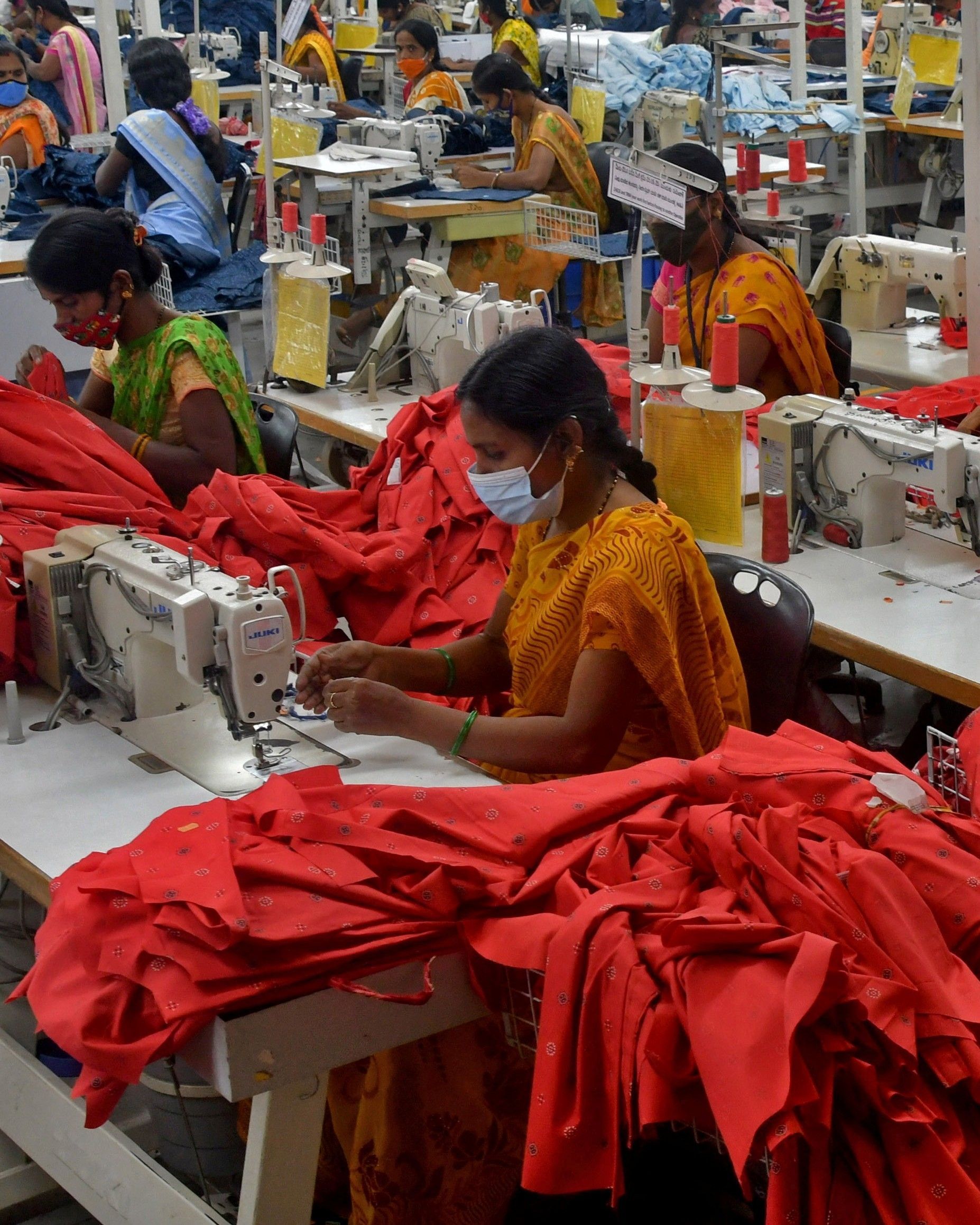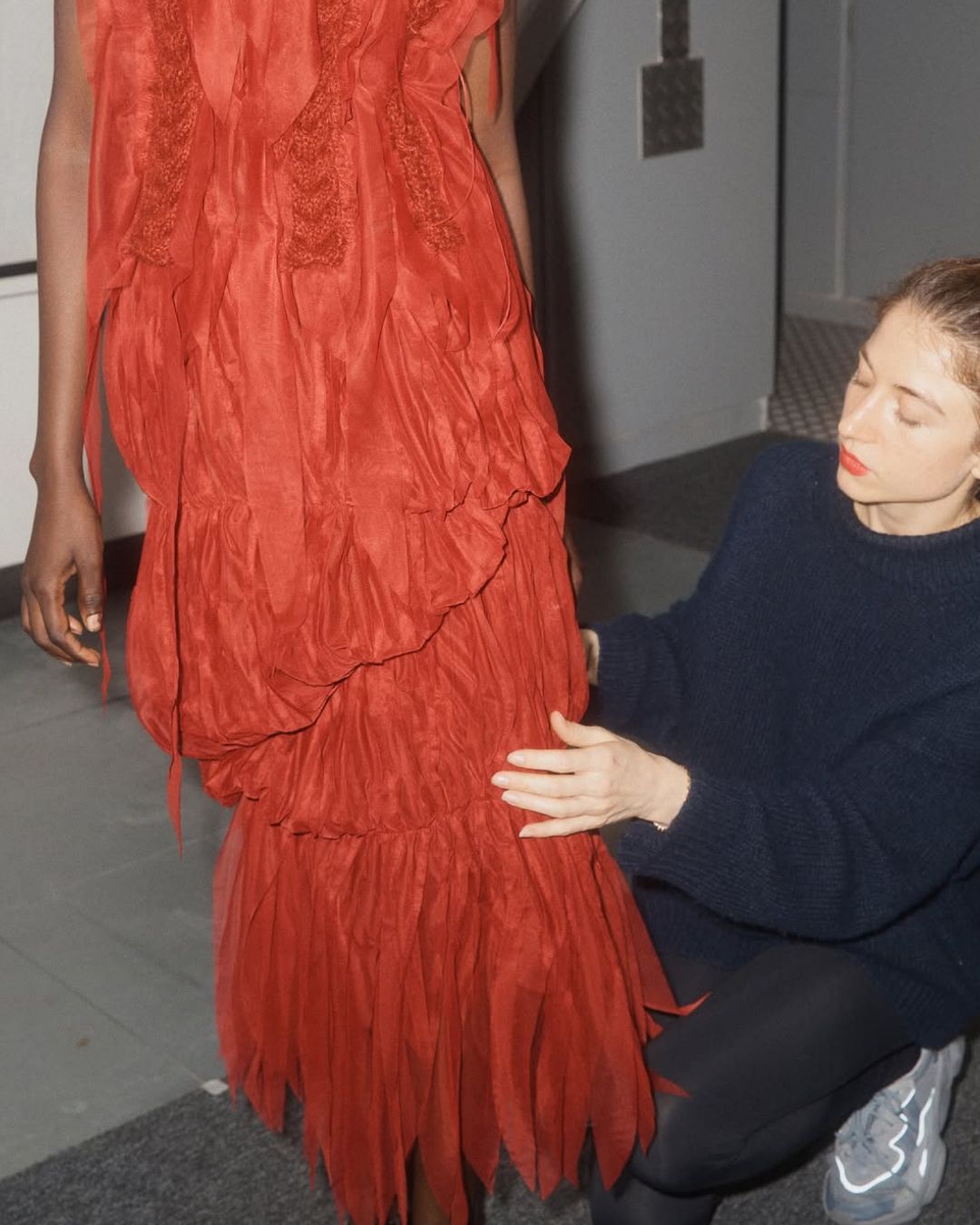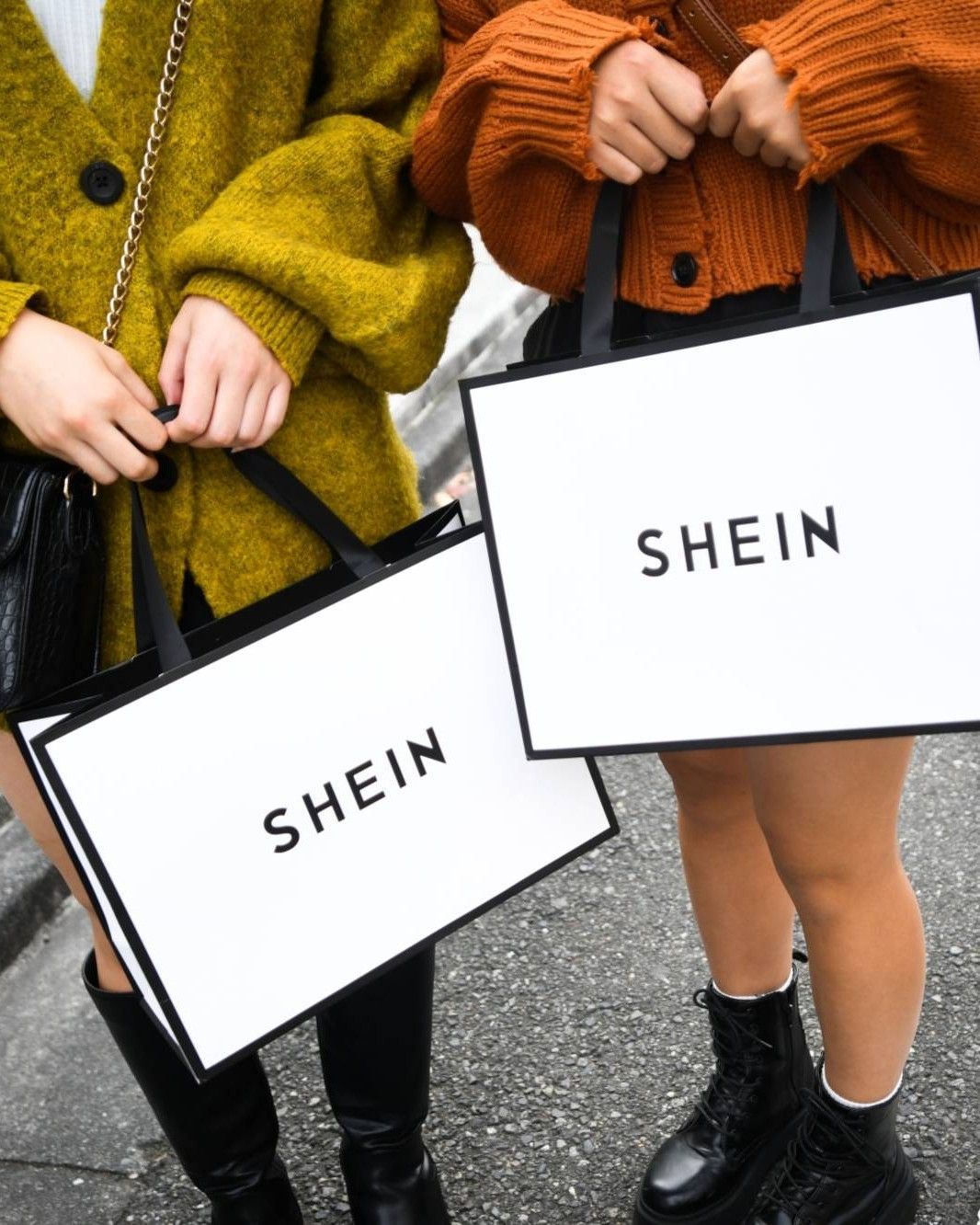
Will Made in India become the new Made in China? New agreement between Shein and Reliance looks like the beginning of a new era
Now that the US market is closed due to the suspension of Chinese imports, fast fashion is reorganizing. As BoF reports, Shein has decided to shift its clothing production to India through a partnership with Reliance Retail, the commercial arm of the Indian giant Reliance Industries, led by Mukesh Ambani. The goal is to increase the number of Indian suppliers from the current 150 to as many as 1,000 within a single year, and to begin exporting Shein-branded garments made in India to foreign markets, particularly the United States and the United Kingdom, within six to twelve months. This acceleration in production and trade is a direct response to changes in global commerce and the need to diversify the supply chain in a country like India, which, with its large workforce and competitive costs, presents an ideal solution. Interestingly, however, according to BoF, negotiations between Shein and Reliance were already underway before Washington imposed the new tariffs. In fact, Shein was first introduced with some success, then banned by the government in 2020 due to tensions between China and India, and returned last year thanks to a licensing agreement with Reliance, which launched the SheinIndia.in platform selling garments produced exclusively in local factories. This sets the Indian market apart from other Shein websites globally, which still offer mostly Chinese-made goods. As BoF observes, this operation is not just a commercial re-entry, but an ambitious project to relocate production.
@twinscott After a 5 year ban, Shein will re-enter the Indian market via Oil Billionaire Mukesh Ambani and his daughter Isha. #shein #india #ambani #mukeshambani #ishaambani #fastfashion #news original sound - Scott Staniland
According to what has emerged and also been reported by BoF, the first step will be the sale of garments made in India on Shein’s US and UK websites. The exact timeline for expansion will depend on how quickly new factories are onboarded. From a technological and production standpoint, Reliance aims to replicate Shein’s “on-demand” model: an initial production of 100 pieces per design, to be increased based on sales performance. This approach helps avoid overproduction, control costs, and respond more quickly to market trends. To effectively implement this model, some Reliance executives traveled to China to study Shein’s system, described as “innovative,” “data-driven,” and “disruptive” by Manish Aziz, Vice President of Shein India, in a LinkedIn post. Aziz praised the efficiency and speed of Shein’s model, highlighting the project’s potential in India. BoF also noted how Reliance is seeking to import expertise and machinery to fill gaps in Indian textile production, especially in synthetic fabric manufacturing, which is currently limited. Market data confirms strong interest from the Indian public: according to Sensor Tower, the Shein India app has been downloaded 2.7 million times from Apple Store and Google Play, with an average monthly growth of 120%. In its first four months, the catalog reached 12,000 designs — still just a fraction of the 600,000 available on the US site, but a clear sign of a gradual expansion strategy. A notable example is the women’s dresses category, where the lowest price in India is 349 rupees (about $4), slightly higher than the $3.39 on the US site as of June 9.
Good to see the 'Made in India' label at several clothing stores in the US. India really needs to become a manufacturing powerhouse to generate jobs. pic.twitter.com/u6tGrMgNOB
— Bhandari (@GurugramDeals) June 7, 2025
Also according to BoF, Reliance is testing the ability of Indian suppliers to replicate Shein’s best-sellers at lower costs. The approach is part of an optimization and scalability process aimed at building a fully internal and self-sufficient supply chain, with direct investments in suppliers to improve their production capacity and technology. Indian Minister of Commerce and Industry Piyush Goyal stated in parliament that the Shein-Reliance agreement explicitly aims to create a network of Indian suppliers for the global export of Shein-branded products. As also reported by BoF, this operation fits into the broader context of growing interest in India from major global retail players, such as Walmart, driven by the need to reduce dependency on Chinese manufacturing — a trend intensified by the US-China trade war. India’s strategic value lies in the combination of low labor costs, growing industrial capacity, and the size of its domestic market — similar to China’s manufacturing landscape in the 1980s and 90s. The partnership with Reliance seems to foreshadow a new phase in the creation of fast fashion through new models of operational decentralization, flexible production, and local market penetration via domestic partners as well as replicability on a global scale.















































